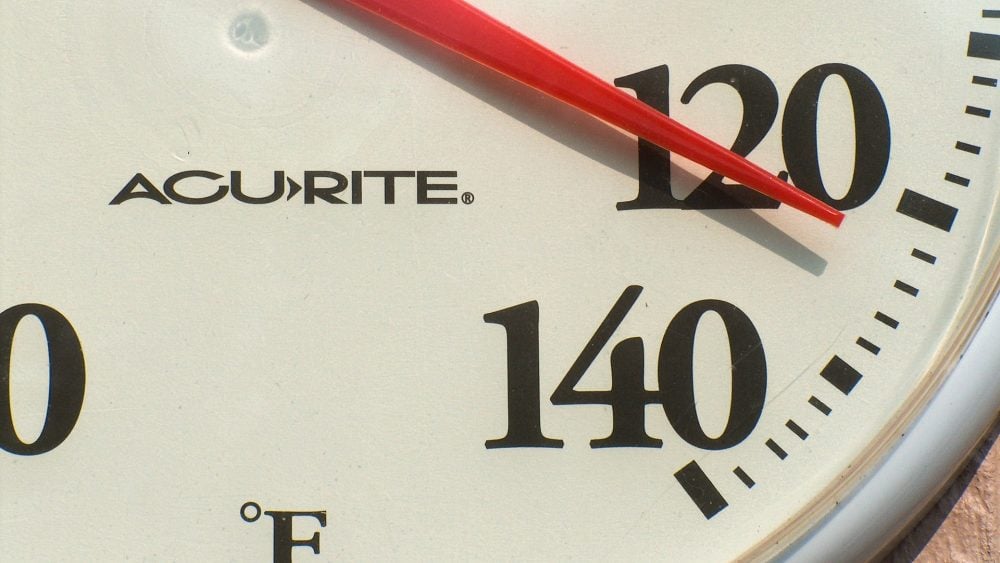Heat stroke is a severe form of heat injury. It is important that those who work outside in warmer temperatures are able to distinguish the signs of heat stroke, as well as take the appropriate course of action to ensure the wellbeing of themselves and/or coworkers.
What is Heat Stroke?
The Mayo Clinic defines heat stroke as a “condition caused by your body overheating, usually as a result of prolonged exposure to or physical exertion in high temperatures”.
Who Should be Concerned about Heat Stroke?
Anyone who works outside in warmer temperatures or is exposed to warmer temperatures for long periods of time should be concerned about heat stroke.
What are the Symptoms of Heat Stroke?
Heat stroke symptoms include:
- Severe headache
- Dizziness
- Light-headedness
- High body temperature
- Flushed skin
- Muscle weakness or cramps
- Nausea and vomiting
- Rapid heartbeat
- Rapid & shallow breathing
- Confusion
- Seizures
- Loss of consciousness
If you notice these symptoms in yourself or a coworker, it is important to take action quickly.
What Should You Do if You Suspect You or a Coworker has Heat Stroke?
If you suspect that you or a coworker has heat stroke:
- Quickly cool down the individual by any means necessary
- Examples: Spray down with cold water, place an ice pack against your/their head, remove constricting layers of clothing
- Get affected individual into a cool environment
- Examples: Air conditioned environments (office buildings, cars, stores), or shaded areas
- Get yourself/them to a physician
Heat stroke is a serious illness and can result in seizures and/or organ damage.
How Can Heat Stroke be Prevented?
Take precautions to prevent heat stroke, including:
- Wearing loose-fitting, light coloured clothing
- Staying well hydrated
- Taking frequent breaks in the shade or cool areas


Comments are closed.